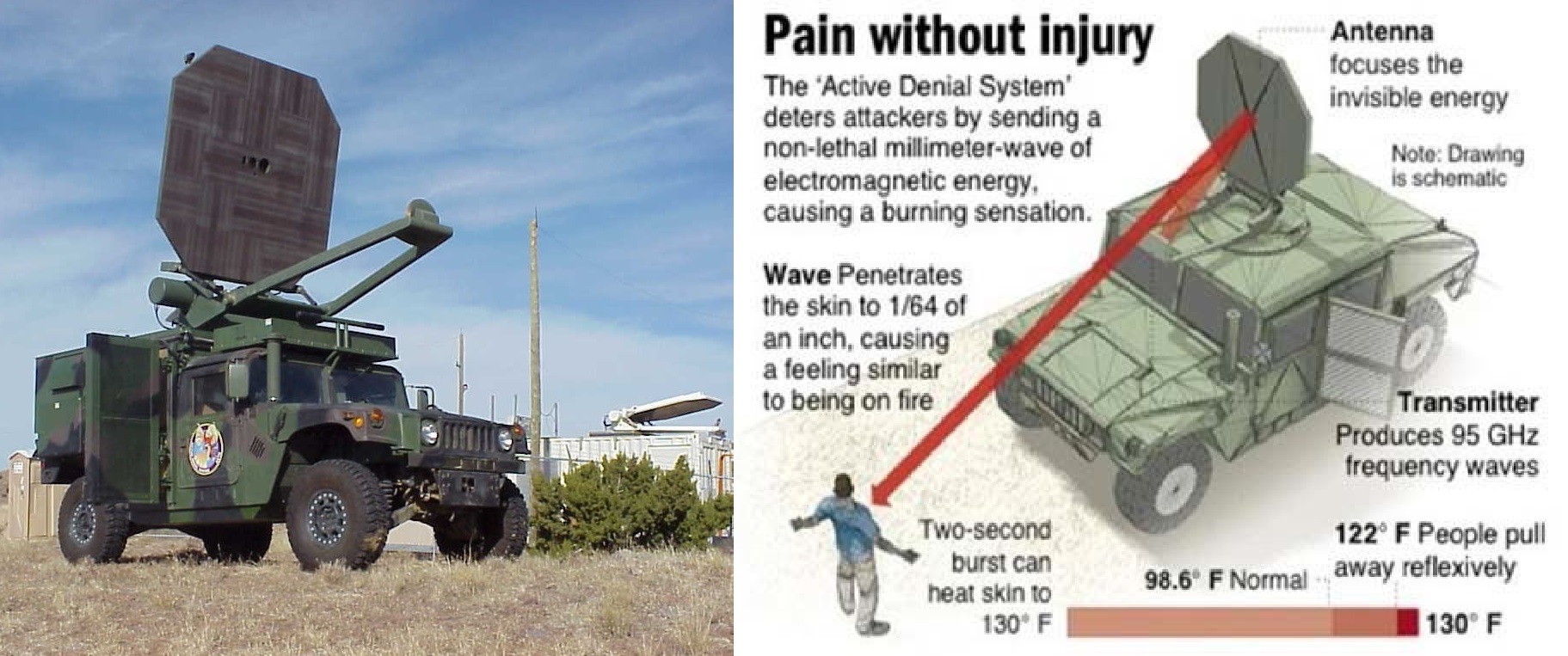Chinese Researchers Push Data Link Hardware to Survive Nuclear Doomsday Test

In a groundbreaking experiment, Chinese researchers have put nuclear-proof data link communications equipment through a rigorous test designed to simulate the impact of a nuclear attack. The test, which exceeded existing military standards, highlights China's advanced engineering capabilities and its efforts to ensure the survival of critical military communications systems in the event of a high-altitude nuclear strike.
Amid growing global tensions and the ever-present fear of nuclear conflict, this experiment has taken on new significance. Earlier this year, the UN warned that the risk of nuclear war had reached its highest level in decades. The five permanent members of the UN Security Council – the United States, China, France, Russia, and Britain – have all recently tested intercontinental ballistic missiles, raising alarm. In this context, the Chinese test offers a glimpse into the military’s focus on nuclear preparedness.
At the heart of the experiment lies the concept of a **High-Altitude Electromagnetic Pulse** (HEMP), a devastating phenomenon that occurs when a nuclear bomb is detonated in the stratosphere. Although such an explosion doesn’t physically harm people or buildings on the ground, it sends out high-energy electromagnetic pulses capable of disabling electronic systems across vast distances. In modern warfare, where communication is crucial, the loss of electronic equipment could spell disaster.
China’s engineers from the **China Electronics Technology Group Corporation (CETC)**, the country's leading supplier of electronic warfare equipment for the People's Liberation Army (PLA), designed the test to be as realistic and demanding as possible. While military standards usually require data link equipment to withstand an electromagnetic pulse field strength of 50 kilovolts per metre, the Chinese team raised the stakes by increasing this threshold by 60 percent – subjecting the equipment to 80 kilovolts per metre.
Surprisingly, the results were promising. Despite the intense electromagnetic field, the equipment emerged unscathed, with only a brief interruption in functionality. This performance is remarkable, considering that the strength of the electromagnetic pulse in the test far surpassed what is required by both American and Chinese military standards.
The CETC team used advanced modifications to harden the equipment against the destructive power of HEMP. One of the key changes involved redesigning antennas, which are highly vulnerable during an electromagnetic pulse. Normally, antennas are built to receive weak signals, but during a nuclear-induced pulse, they can generate a massive surge of current that could destroy connected systems. To counter this, the engineers reworked the antennas to divert excess current into the ground, preventing damage even when the current reached fifty times its predicted intensity.
Another major concern for the engineers was the possibility of “back-door intrusion.” High-energy pulses could infiltrate data link equipment through ventilation ducts, cables, or tiny gaps in equipment casings. This risk prompted the team to innovate further. They applied new materials and special welding techniques to seal off every possible entry point for electromagnetic energy, making the equipment even more resistant to the extreme conditions simulated during the test.
A military representative from the PLA Air Force's equipment department observed the test, though the exact date and many details of the experiment remain classified. What’s clear, however, is that the successful execution of this experiment underlines China's commitment to ensuring the survival of its communication systems in a potential nuclear conflict. It also underscores the country's **"no first use"** nuclear policy, meaning that China's nuclear arsenal is designed for retaliatory purposes only. In such a scenario, its military communications systems must remain functional to coordinate a response after the first strike.
The research results were published in the peer-reviewed Chinese journal *Wireless Communication Technology* in September, where project lead Li Zhirui and his team described the physics behind a nuclear explosion’s electromagnetic pulse. Gamma rays from the explosion collide with air molecules, generating high-energy electrons that spread outward, posing a threat to all electronic devices in their path. Understanding and defending against this phenomenon, the researchers noted, is vital for maintaining the integrity of China’s electronic warfare infrastructure.
This test is not just about protecting data link hardware but about demonstrating China's engineering prowess. The use of cutting-edge materials, enhanced designs, and innovative processes like advanced welding techniques reflects the country's growing strength in military technology. The fact that this equipment was able to endure such harsh testing conditions speaks volumes about the robustness of China’s defense systems.
As nuclear tensions remain high globally, the ability to safeguard vital communications infrastructure has become a central focus for nations seeking to ensure their strategic resilience. China's successful experiment may signal its readiness to withstand some of the worst-case scenarios in modern warfare.
China’s bold approach to testing its nuclear-proof communications equipment highlights the country's determination to enhance the survivability of its military systems under extreme conditions. The experiment’s success reflects both China’s advanced capabilities and the global climate of heightened nuclear tensions. With communications technology forming the backbone of modern defense, such tests are crucial to ensuring military preparedness in an increasingly uncertain world.


